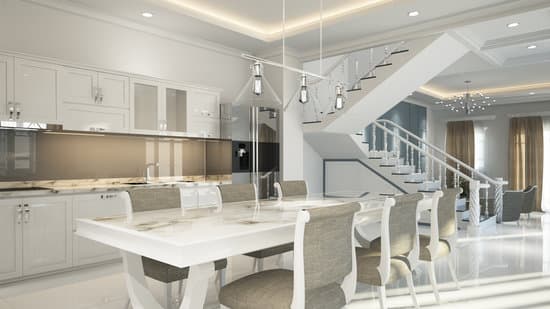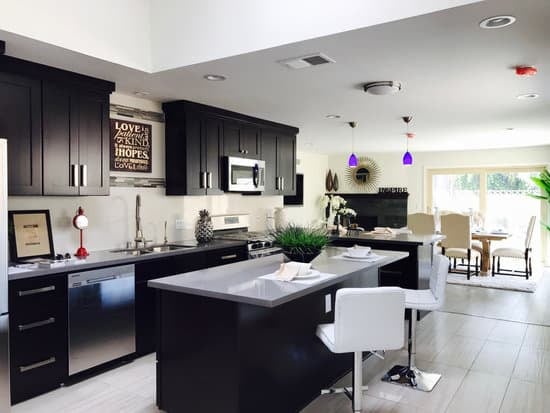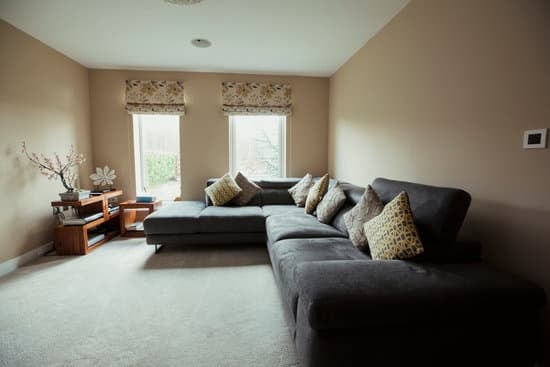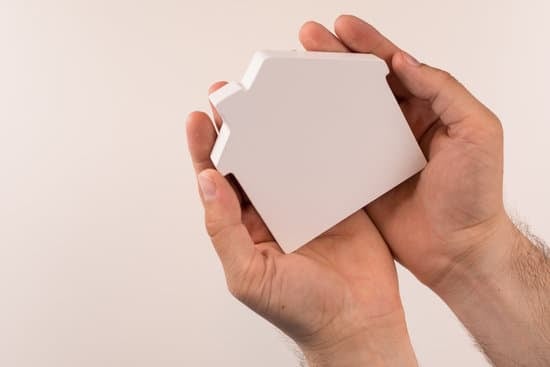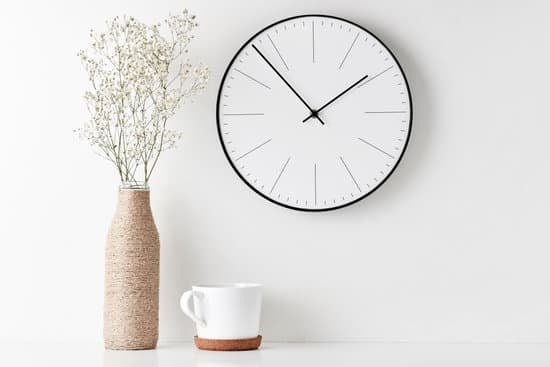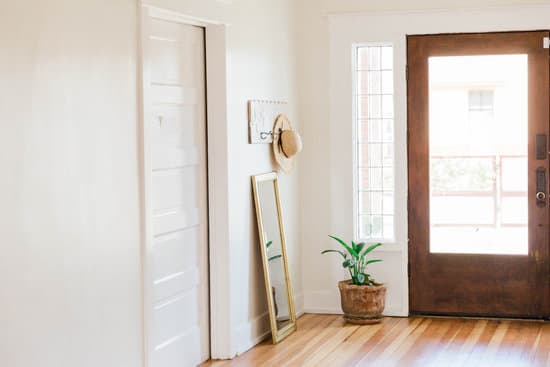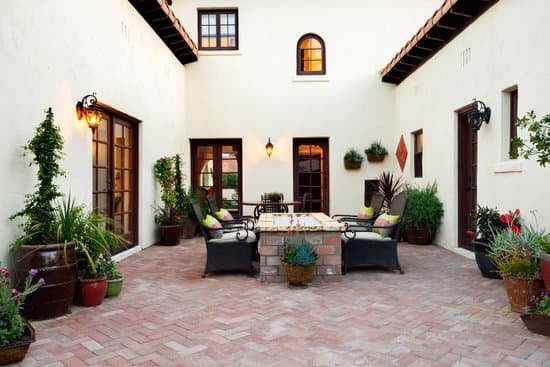Does Every Bedroom Need a Return Vent?
As homeowners, we all want our indoor living space comfortable and well-ventilated. An important aspect of maintaining good airflow in our homes is the installation of HVAC systems. Every room must have both supply and return vents to ensure efficient circulation of air, balanced heating and cooling, and proper removal of pollutants and contaminants. However, for many homeowners, the question arises, does every bedroom need a return vent? In this article, we’ll discuss the importance of return vents for efficient airflow and the drawbacks of limited vents in your home.The Importance of Return Vents for Efficient Airflow
Return vents work in conjunction with supply vents, creating a complete cycle of air circulation in our homes. Without return vents, your HVAC system would be similar to a balloon with only one opening. The air would be pushed into the room, creating pressure, but would have nowhere to go once it left. This could result in discomfort, poor indoor air quality, and wasted energy. Return vents function by pulling used and stale air from the room, allowing fresh and conditioned air to enter. In addition, a poorly thought out airflow system may lead to high energy bills since the HVAC system would have to work harder to achieve the desired temperature. This process could also cause the system to malfunction, reduce its lifespan, and increase maintenance costs.Factors to Consider When Installing Return Vents
When installing return vents, homeowners must consider several factors that could impact their efficiency and performance. These include the size of the room, the number of occupants, and the presence of other ventilation systems in the room. The National Air Duct Cleaners Association recommends that every room have at least one return vent, with additional ones for larger rooms or those with high ceilings. Some other factors to consider are:- The location of potential vent installation
- The type and size of the vent
- The age and efficiency of the HVAC system
- The budget for installation and maintenance
The Drawbacks of Limited Return Vents in Your Home
Certain homes have limited return vents, either due to cost constraints or poor design. While this may save money during construction, it comes at a cost of comfort and efficiency throughout the years. Limited return vents lead to limited airflow, often causing some rooms to feel stuffy and uncomfortable. This deficiency often results in doors being left open to improve the circulation of air, leading to increased energy use and bills. Additionally, the unbalanced pressure in the rooms may lead to the entry of unfiltered outdoor air or the circulation of pollutants, dust, and allergens.How to Determine if Your Bedroom Needs a Return Vent
A simple way to tell if your bedroom needs a return vent is to check for the following:- The room is stuffy or hot
- There is visible dust or debris on surfaces or on the vents
- The room has a foul or musty smell
- There is etching or discoloration on the walls or carpet
- The occupants experience stuffiness or headaches in the morning
The Ideal Location for Return Vents in Every Room
Return vents must be situated in strategic locations to ensure proper airflow and heating/cooling balance. In every room, the return vents must be placed on the opposite wall to the supply vents. This will increase the circulation of air and pull used air away from the occupants. Additionally, return vents must be placed at least 4-6 inches above the floor level and preferably close to the ceiling. Floor-level vents can pull in contaminants such as pet hair, dust, and other pollutants, making the room more uncomfortable and unhealthy.Benefits of a Well-Ventilated Bedroom
A well-ventilated bedroom has several advantages, including:- Improved Indoor Air Quality
- Better Sleep Quality
- Enhanced Comfort and Reduced Stuffy Feelings
- Increase in Energy Efficiency
- Reduced Maintenance Costs in the Long Run
Ways to Improve Airflow in Rooms Without Return Vents
If installing additional return vents isn’t feasible, there are other ways to improve the airflow in rooms. One such method is to install a fan in the room, which can help in pulling fresh air in and pushing stale air out. Another alternative is to install a transfer grille between the room and a nearby hallway or another room that has a return vent. Other measures to improve airflow are:- Opening the window or door
- Closing doors to other unoccupied rooms
- Blocking or redirecting supply vents, if there are too many in the room
- Keeping the room clean and free from dust and other contaminants









